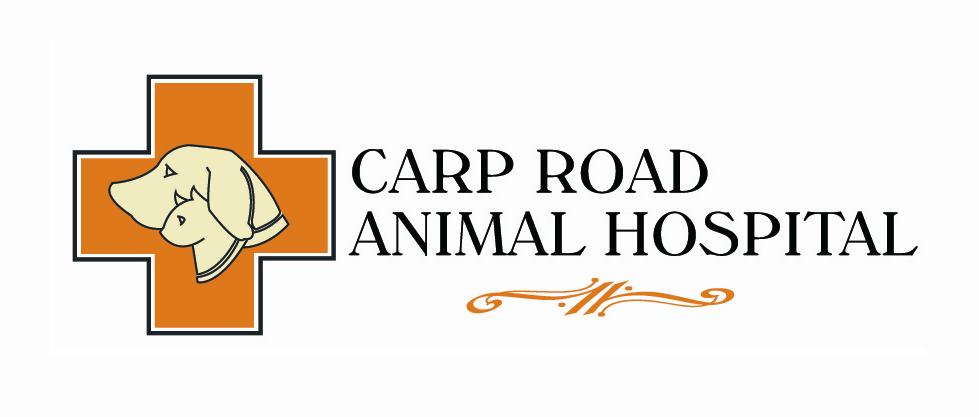| Shop Online | Hours | Testimonials |
 |
Carp Road Animal Hospital 1054 Carp Road |
| Shop Online | Hours | Testimonials |
 |
Carp Road Animal Hospital 1054 Carp Road |

(613)831-2965
www.carproadanimalhospital.com
|
What is Hip Dysplasia? Hip Dysplasia is caused by a subluxation in the hip joint. This creates abnormal wear and erosion of the joint and as a result arthritis and pain develop. What is PennHIP? PennHIP is a research-based hip-screening procedure that has proven to be the most accurate and precise method to measure hip laxity. It can identify (as early as 16 weeks of age) dogs that are susceptible to developing hip dysplasia. This offers breeders the opportunity to make early decisions on breeding stock, and allows the veterinarian to advise pet owners on lifestyle adjustments and preventative strategies to minimize the pain and progression of hip dysplasia. The PennHIP Procedure There are two principal innovations in the PennHIP method. First, the dog is positioned on the x-ray table with hips in a neutral orientation, and second, a custom distraction device is applied to reveal the maximum amount of hip laxity. To achieve this the dog's muscles are completely relaxed by administering sedation or general anesthesia. Veterinarians must complete specialized training and quality-control exercises before becoming certified to perform the PennHIP procedure. A complete PennHIP evaluation includes office consultation, sedation/anesthesia, and submission of the three PennHIP radiographs to the University of Pennsylvania for evaluation. Dr Mathieu Grenier is a certified PennHIP veterinarian and will be happy to discuss the procedure and cost with you. What is JPS? Juvenile Pubic Symphysiodesis (JPS) In properly selected dogs, juvenile pubic symphysiodesis is a surgery that improves joint congruity, decreases hip laxity, and can reverse or prevent progression of degenerative joint disease from canine hip dysplasia. To be effective, the surgery must be done at a young age and in hips that are only mildly to moderately lax. Juvenile pubic symphysiodesis is best viewed more as a preemptive procedure than as a strictly therapeutic one. Dogs considered to be at risk for hip dysplasia should be screened with Ortolani testing at 12 weeks of age, with further imaging (PennHIP).
For more information about canine hip dysplasia, PennHIP and juvenile pubic symphysiodesis follow this link https://www.acvs.org/small-animal/canine-hip-dysplasia
|